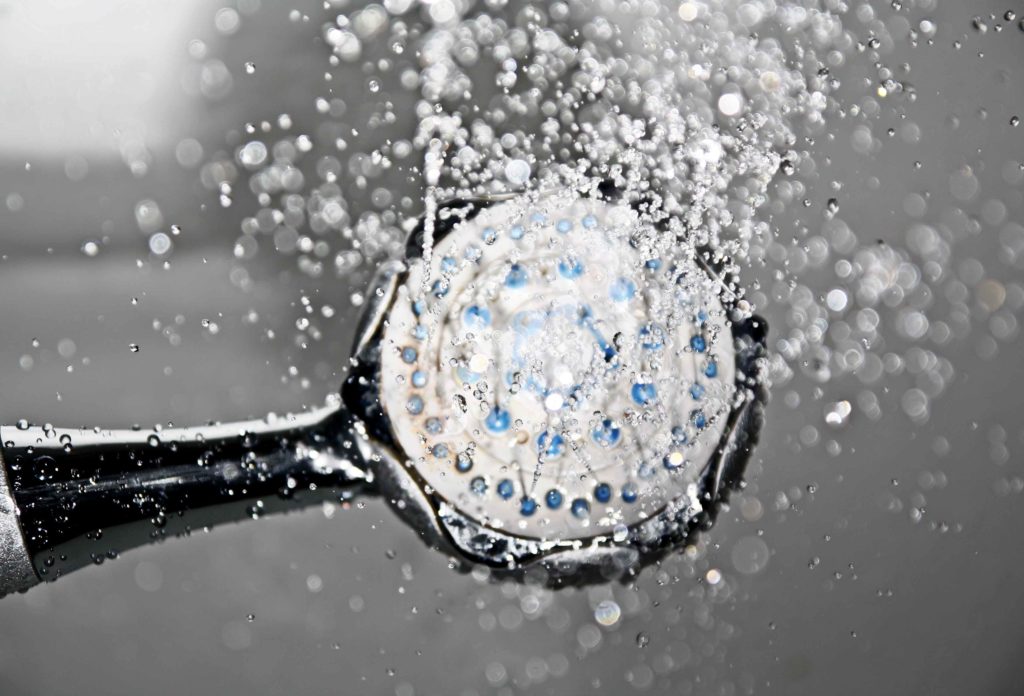When you suffer from a lack of sleep, you need to solve this. And there are different methods of psychophysiological insomnia treatment. You always need to wake up at the same time, decrease the number of naps, exercise, and relax regularly. A hot bathroom can always be an excellent relax at the end of a hard day. Without any doubt, bathrooms are the new sanctuary. And here is the step-by-step guide on how to give any uninspiring old shower a radical makeover.
Quick project guide
Hard labor – 6/10
Skill level – 4/10 (requires the use of power tools)
Time needed – about 5 hours
Shopping list
• taps/mixer and shower head of your choice – we used Cobra taps (R200 each) and a Plumbcrazy chrome shower rose (R280)
• copper tubing
• brass Connex elbow fitting, T-piece, shower attachment, and end cap/stopcock
• bag of premixed sand and cement
• bonding and keying agent – we used Alcolin Permobond • bonding adhesive and grout additive (waterproofing) – we used Tylon Bond It • white mosaic adhesive (cement-based) – we used Tylon
• white grout – we used Tylon Tile Grout • tiles of your choice – we used travertine mosaic tile sheets
Equipment
• broad and narrow masonry chisels
• 4-pound hammer
• screwdriver
• spirit level
• angle grinder
• water pump pliers
• shifting spanner
• tape measure
• pipe cutter
• electric drill
• wall anchors
• steel tiling trowel
• paintbrush
• rubber mallet
• pencil
• sponge
• spatula (use a piece of stiff cardboard or plastic)
Before tiling
– Paint a layer of Alcolin Permobond bonding and keying agent (diluted as per instructions) onto the walls before tiling and allow sufficient drying time before you proceed with the next steps. This will form a waterproof barrier that will prevent water from seeping through the shower walls.
– Add Tylon Bond. It adhesive and grout additive in the correct quantities (as per instructions on the packaging) to the sand and cement mixture, white mosaic adhesive (cement based) and the white grout (instead of water), to aid the waterproofing even further.
Tip
Cover your new taps with plastic to keep them free from tile adhesive and grout.
Get started 1
1. Use a broad chisel to remove all the old tiles from the wall. Use the narrow masonry chisel and 4-pound hammer to remove the plaster from around the old taps, as shown. Remove enough to allow for sufficient access to the pipes. Important: Close the water mains before attempting any plumbing works.
2. Remove the end caps and then use a screwdriver to remove the taps.
3. Use a spirit level to mark vertical lines on the wall to indicate where the channel for the new shower-head pipe will have to be cut. Use an angle grinder to cut along these lines.
4. Use a narrow masonry chisel to remove the plaster in-between.
5. Use water pump pliers to remove the old tap fittings. Fix the new tap fittings in place using a shifting spanner, as shown, to ensure that they are secure.
6. Measure from the tap junction to the position of the new showerhead and, using a pipe cutter, cut a length of pipe to fit this measurement.
7. Cut three short copper tube sections using a pipe cutter and assemble a configuration (using the Connex elbow fitting and T-piece), as shown. Fix the shower-head attachment to the other end. Use a shifting spanner to ensure that all the joints are secure.
8. Place the new plumbing configuration into position and fix it securely at the tap fittings. Drill holes for the wall anchors and fix the shower-head fitting in place.
9. Close off the shower attachment using a temporary end cap/stopcock so that you can test the new plumbing for leaks under pressure. Turn on the water mains, then the taps, in order to check for any leaks before you plaster the area 10 Fill and plaster the openings (flush with the existing plaster) using the sand and cement mixture.
10. Use the tiling trowel to spread the tile adhesive onto the wall.
11. Place each tile in position and tap it firmly with a rubber mallet until a small amount of adhesive squeezes out from underneath along the sides, and the tile is level and flushes with its neighbor.
12. Use a pencil to draw the shape of the holes needed for the fittings onto the tiles, as shown. Use an angle grinder to cut out these sections before placing them in position using tile adhesive.
13. Use a piece of stiff cardboard or plastic as a spatula and spread the grout over the tiles, filling the spaces in-between. Use a damp sponge to remove any excess. Wait overnight for the grout to harden and then wash the tiles thoroughly to remove any remaining grout.
14. Screw the shower head tightly in place and slide the finishing cover plate along the pipe until it is flush with the wall.
